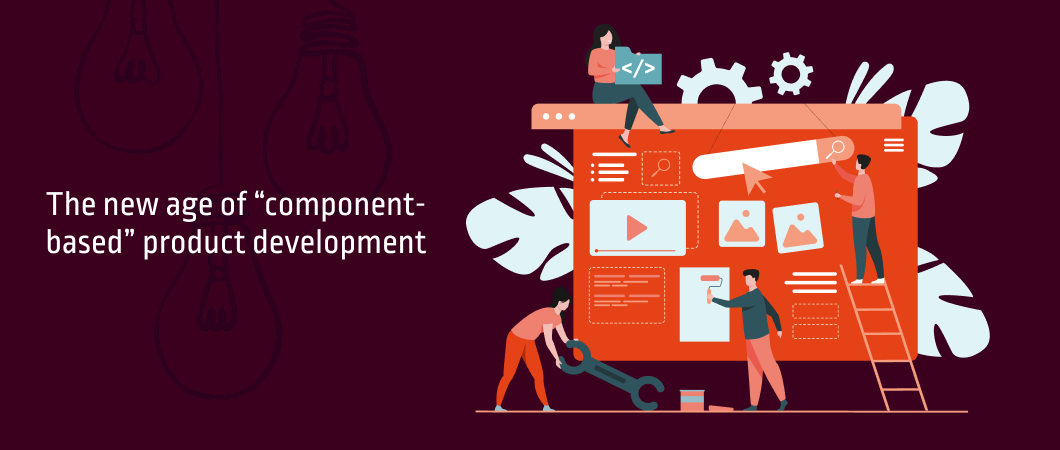The days of shipping out a product and then moving on to the next piece of software after patting yourself on the back are over. As software eats the world, customers demand regular updates and new functionalities. They want near real-time enablement of their changing demands. To stay ahead of the curve and to retain competitive advantage, organizations have to increase their development agility just as they need to increase their product agility.
With the widespread acceptance of DevOps and the days of the monolithic product on the way out, achieving both development and product agility has become easier. Orchestration holds forth the promise to further accelerate these processes and give software development teams the power they need to drive product agility.
What is Orchestration?
Initially used to simplify operation management for information technology (IT) personnel, orchestration automates the configuration, management, and interoperability of disparate (computer) systems, applications, and services. It thereby eliminates the burden of manual management of mission-critical but often complex tasks and processes and thereby drives faster software development.
DevOps, by nature, depends heavily on automation. But are orchestration and automation interchangeable terms? These two are related, but different concepts.
Automation increases efficiency by using software to complete tasks to reduce costs, errors, and complexity. Automation, in general, refers to a single task that is programmatically performed using micro-level scripts.
Orchestration is about automating processes or workflows that involve many steps across multiple disparate systems. Simply put, in our context, orchestration is the large-scale coordination of automated tasks.
Orchestration + DevOps – Why this makes sense
Simple automation is commonplace in DevOps. However, say a developer wants to insert a code across the software. While it might seem easy to insert the code manually, introducing it by hand can lead to errors. This risk has to be minimized especially in live environments. The developer, instead, can orchestrate the additional code by simply automating the individual tasks involved in inserting this code. This reduces the time and effort spent on the task and also improves the output.
Streamline and optimize
In DevOps, development teams automate several technical tasks. As the team continuously automates, they start orchestrating entire IT workflows comprising numerous technical tasks. This well-orchestrated support empowers and enables DevOps processes of continuous integration (CI) and continuous delivery (CD). The greater the number of orchestrated processes, the more capacity DevOps engineers have to work with different teams to develop more applications.
Orchestration helps DevOps teams streamline and optimize frequently occurring processes and workflows. This provides immense support to the DevOps approach and allows the teams to deploy applications faster and with greater agility.
Solve IT complexity
Orchestration helps DevOps solve some of the challenges of today’s IT. Clustered applications, private, public, and hybrid clouds, and multiple data centers, all add to the complexity. With orchestration, DevOps can resolve these challenges and add agility to the development and deployment process. This approach automatically aids product agility as developers can capably make changes, add functionalities and enable faster deployments at speed.
Drive faster provisioning and deployments
Cloud Orchestration enables faster provisioning and faster server deployments. It can be used to assign storage capacity, create virtual machines, and manage networking, etc. By automating the workflow processes to deliver resources as a service. Orchestration also eliminates the need of shutting down systems or using the same deployment model from initial testing to production, for every release.
Reduce manual processes
Container orchestration using Kubernetes, for instance, reduces and even often eliminates, the need for manual processes involved in deploying and scaling containerized applications. It also becomes possible to manage server configuration and management and application deployments including frontend and backend services, databases, monitoring, networks, and storage using orchestration. This approach makes sure that all these tasks happen when they need to and in the right order.
Orchestrate once, use whenever
Orchestration tools also help development teams describe their infrastructure once and use it wherever and however needed. This can be used to accelerate testing. DevOps provisioning orchestration allows analysts, managers, and QA to select what they need to quickly get complete environments provisioned at the proper build and configuration levels.
In Conclusion
DevOps orchestration coordinates all automated tasks and helps in accelerating service delivery speeds, lowers the cost-of-service delivery, and increases the reliability of deployments. Further, it helps these teams drive the rapid release of new features, dramatically reduce deployment time and outages and reduce human effort in release management. With Orchestration capabilities in place, DevOps teams can truly do more and deliver more. Increased product agility becomes an automatic outcome of these efforts.



